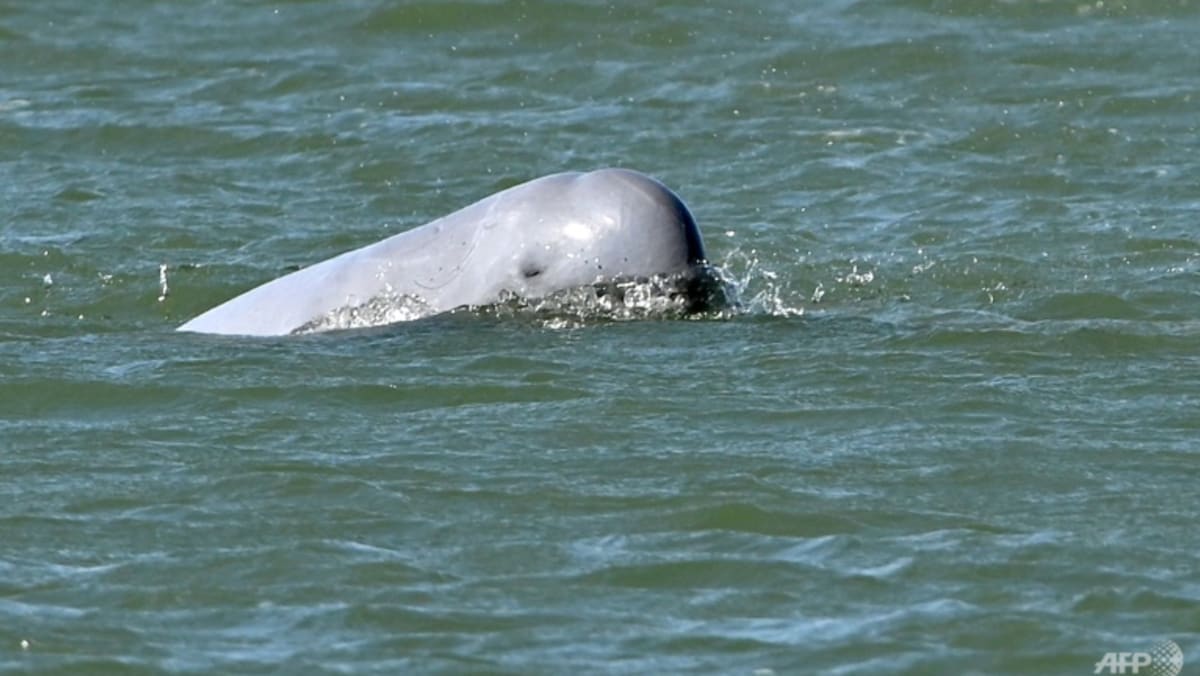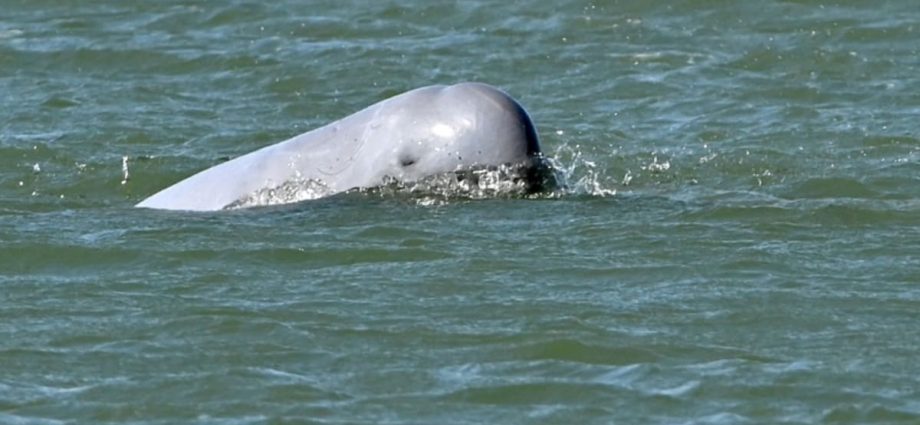
“If we patrol at night, they don’t go. When we return at daytime, they go in the river,” Pharong said.
Low wages mean guards are forced to take extra work onshore to support their families, taking them away from patrol duties.
Each guard receives about US$65 a month from the government, while WWF funds another US$5 for a day of patrolling.
DWINDLING NUMBERS
Irrawaddy dolphins – small, shy creatures with domed foreheads and short beaks – once swam through much of the mighty Mekong, all the way to the delta in Vietnam.
Illegal fishing and plastic waste have killed many, and the dolphins’ habitat has been reduced by upstream dams and climate change, which have had a major impact on water levels in the river.
The population in the Mekong has dwindled from 200, when the first census was taken in 1997, to just 89 in 2020.
The species lives in only two other rivers: Myanmar’s Ayeyarwady and the Mahakam in Indonesia, according to WWF.
The three river populations are listed as critically endangered on the IUCN red list of threatened species.
Found in fresh and salt water, Irrawaddy dolphins are slightly more numerous in coastal areas of South and Southeast Asia – though even there they are classed as endangered.

